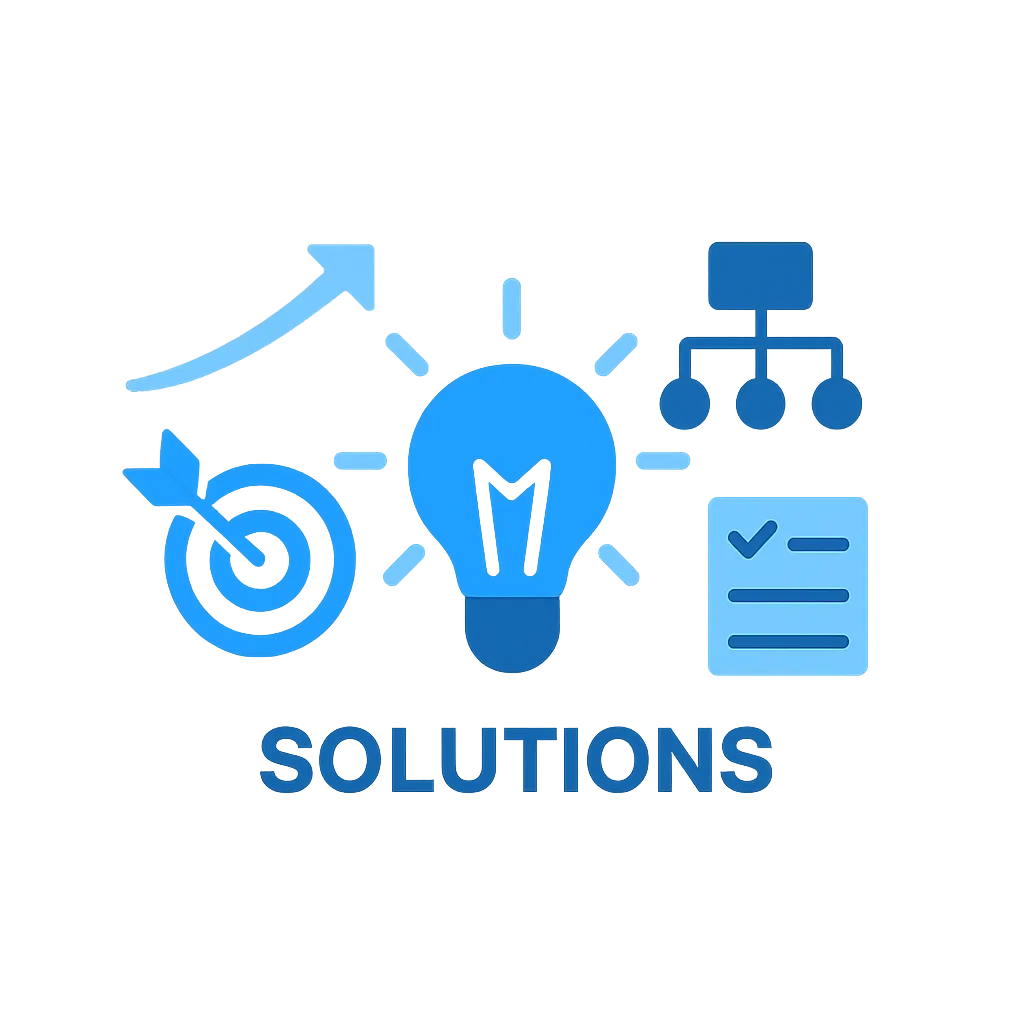Cloud migration for US service businesses
Adopt the cloud with confidence and measurable results. We design phased, secure cloud migrations for service businesses—clinics, salons/spas, home services, and local agencies—so you reduce costs, increase operational flexibility, and protect data without disrupting daily operations.
What you get
Readiness assessment: Inventory of infrastructure, application dependencies, data posture, and security gaps to produce a clear migration roadmap.
Tailored migration strategy: Phased plan aligned to business goals, budget, and low‑impact windows to minimize operational disruption.
Secure data migration: Encrypted transfers, integrity validation, and rollback plans to keep data safe and accessible throughout the move.
Application integration: Seamless connection of CRM, booking systems, ERPs, and business tools to preserve workflows and automation.
Cost optimization: Rightsizing, reserved instances, tagging, and cloud‑native efficiencies to reduce ongoing spend.
Scalability and resilience: Architectures that scale on demand, improve availability, and support growth.
Ongoing support: Monitoring, patching, backups, and post‑migration optimization with SLA options.
How we work
Discovery & assessment — Inventory systems, map dependencies, and set success criteria.
Design & pilot — Define target architecture, run a controlled pilot, and validate assumptions.
Phased migration — Move non‑critical systems first, then business‑critical apps, finishing with cutover windows agreed with your team.
Validation & hardening — Functional checks, security testing, and SLA verification.
Operate & improve — Continuous monitoring, cost tuning, and iterative optimization.
Timeline and expected outcomes
Assessment & plan: 1–3 weeks.
Pilot & validation: 2–4 weeks depending on complexity.
Full migration: 3–12 weeks depending on application count and data volumes.
Outcomes (30–90 days): measurable cost reduction, improved availability, faster deploys, centralized operational visibility, and better recovery posture.
Security, compliance, and governance
Controls: Role‑based access (IAM), encryption in transit and at rest, centralized logging, and alerting.
Compliance support: Guidance and configurations to help satisfy sector requirements; HIPAA recommendations for applicable clinics.
Governance: Backup and retention policies, access controls, and documented runbooks to reduce operational risk.
Still have questions before getting started?
Cloud migration and web development for service businesses — answers to your most common CRM and automation questions.
What is included in your cloud migration service?
We deliver a phased migration: readiness assessment, target architecture, secure data transfer, application integration (CRM, booking, POS), cost optimization, and post‑migration support so you gain flexibility, lower run costs, and reliable operations with minimal downtime.
How long does a cloud migration typically take?
Timelines vary by complexity: assessment and plan 1–3 weeks, pilot 2–4 weeks, full migration 3–12 weeks. Small, single‑app migrations complete in weeks; multi‑app, high‑compliance environments can take several months.
What measurable outcomes can we expect within 30–90 days?
Expect measurable cost reductions, improved availability, faster deployments, and centralized operational visibility. Typical early results include reduced infrastructure spend, faster restore times, and consolidated monitoring—specifics depend on workloads and chosen optimizations.
How do you minimize downtime and business disruption?
We use phased cutovers, pilot runs, replication and sync, scheduled cutover windows, and rollback plans. Non‑critical systems migrate first; critical applications move during agreed low‑impact windows with verification steps to ensure continuity.
How is data security handled during migration?
Data is encrypted in transit and at rest, moved over secure links, validated for integrity, and migrated with role‑based access controls and centralized logging. We include encryption best practices, key management guidance, and monitoring to detect anomalies during and after migration.
Can you migrate regulated workloads like clinics that need HIPAA compliance?
Yes. We design controls and configurations to support HIPAA‑relevant best practices (secure storage, access controls, logging, and BAAs guidance). Final compliance responsibility rests with the customer, but we deliver a compliance‑aware architecture and runbooks.
Which cloud providers do you work with?
We design provider‑agnostic strategies and commonly implement on AWS, Azure, and Google Cloud depending on your needs (pricing, region, managed services). Provider choice is driven by app requirements, compliance, and cost optimization goals.
How do you handle application integration and dependencies?
We map dependencies during discovery, build integration patterns (API gateways, VPC peering, service mesh where needed), and validate end‑to‑end flows. Integrations for CRM, booking systems, payment gateways, and analytics are tested before cutover.
How do you control and reduce ongoing cloud costs?
We apply rightsizing, reserved/committed pricing, autoscaling, workload scheduling, tagging and cost allocation, and cloud‑native managed services to lower operational overhead while preserving performance.
What governance and operational practices do you deliver?
We provide IAM design, logging and monitoring, backup and retention policies, incident runbooks, tagging taxonomy, and cost governance. We hand over runbooks and training for your ops team or provide managed services SLA options.
Do you provide ongoing support after migration?
Yes. Post‑migration services include monitoring, patching, security hardening, cost tuning, incident response, and periodic architecture reviews to ensure performance, security, and cost targets continue to be met.
How do you measure success and what KPIs do you track?
We track migration KPIs: downtime minutes, data integrity verification rate, cutover success rate, infrastructure cost delta, recovery time objective (RTO), recovery point objective (RPO), and post‑migration performance and error rates.
FOLLOW US
SOLUTIONS
COMPANY
LEGAL
CONTACT
Copyright 2025. XAFYRE. All Rights Reserved.



